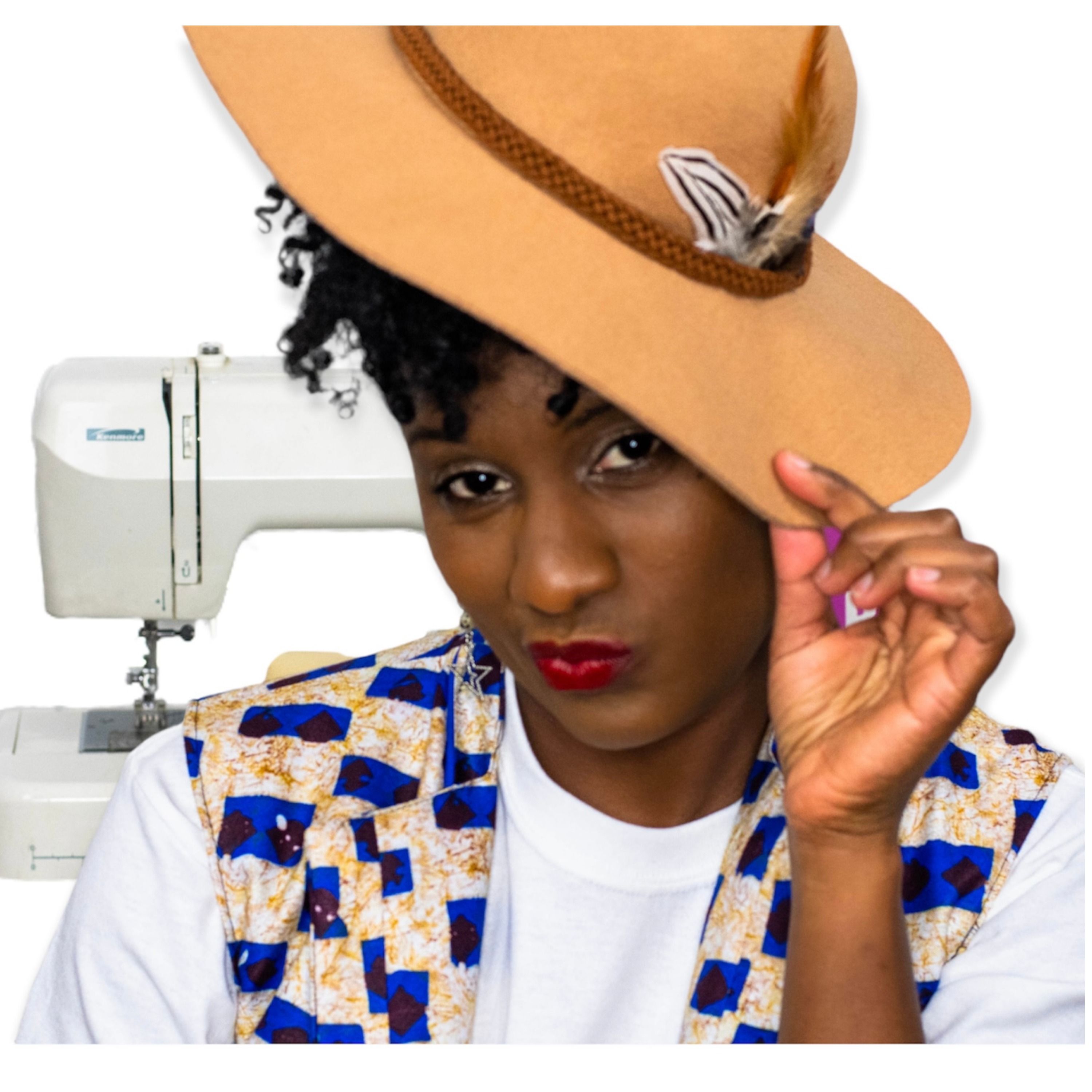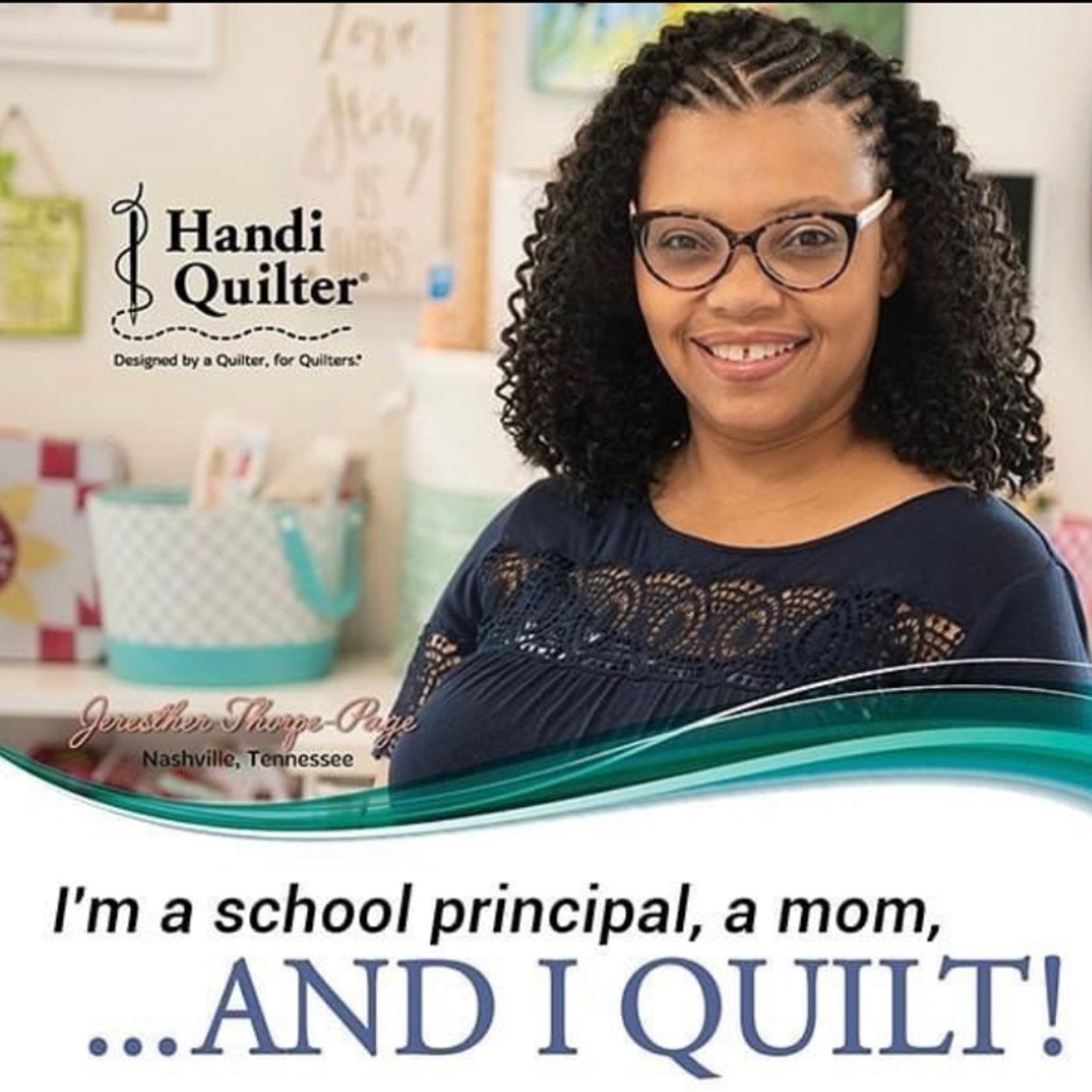e bond’s webpage
Stitch Please Episode 113 "e bond's GLYPHS: A Fabric Collection of Black Women Writers"
Stitch Please Episode 93 "Threads Across Time" with Sarah Bond
Lisa's teaching partner mentioned Tobiah Mundt interviewed in Episode 44: Tuft Love: Felt(ing) Emotions with Tobiah Mundt
e bond’s Glyph fabric collection from Free Spirit fabrics
Sarah, e and Lisa discuss Lucille Clifton's poem, "Reply" as well as My Monticello by Jocelyn Johnson
One of e bond's newest artists books is in a show RIGHT NOW. Details below:
Adaptation: Artist Books for a Changing Environment, Bauer Wurster Hall
at University of California, Berkeley
Check out e bond's online Creativebug classes:
Words Inform Images: 31 Prompts Using Writing as Inspiration for Art
Unconventional Book Structures
Personal Map Making - A Daily Mixed Media Practice
Upcoming for Sarah Bond at Schweinfurth Memorial Art Center:
Play with Color and Greyscale with Sarah Bond - Schweinfurth Memorial Art Center
All the Elements: Designing Quilts with Foundation Piecing with Sarah Bond
AND upcoming for Sarah Bond at the Madeline Island School of the Arts: Piecing Perspectives–Medallion Madness!
Y'all, ask your LQS (local quilt shop) to carry GLYPHS or find it at online retailers including Victoria Findlay Wolfe
Here are the garments Lisa plans to sew with GLYPHS: Zadie jumpsuit, Adrienne Blouse, Valerie Dress
BlackWomenStitch Instagram, homepage, Patreon
Sign up for the Black Women Stitch quarterly newsletter
Check out our merch here
Leave a BACKSTITCH message and tell us about your favorite episode.
Join the Black Women Stitch Patreon
Check out our Amazon Store
Stay Connected:
YouTube: Black Women Stitch
Instagram: Black Women Stitch
Facebook: Stitch Please Podcast



